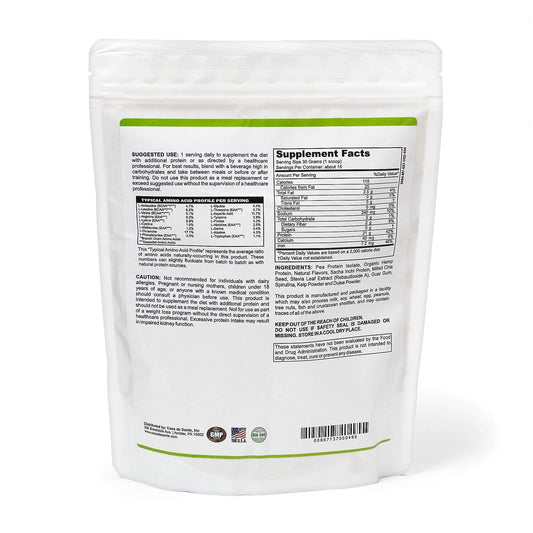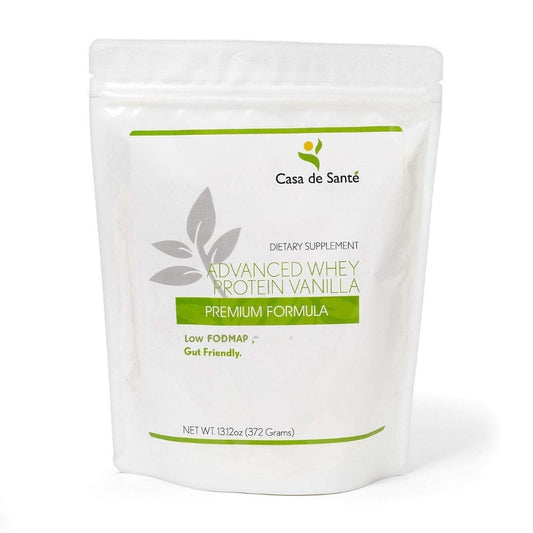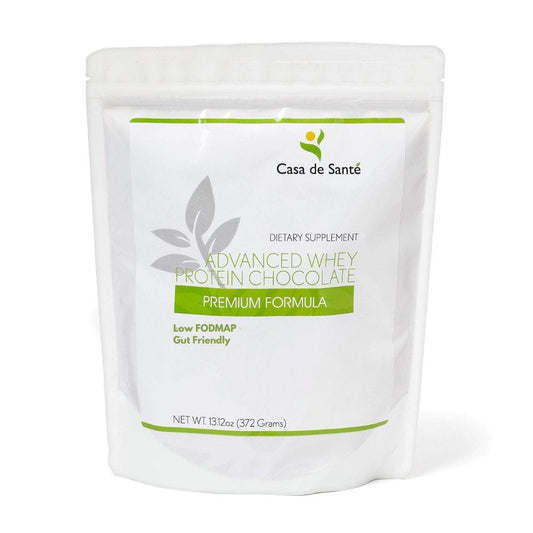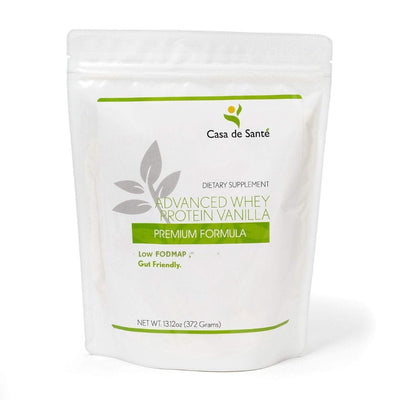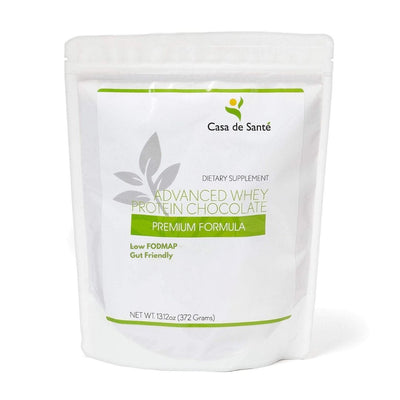Exploring the Kiwi Family: What Fruits Belong to This Unique Group
Exploring the Kiwi Family: What Fruits Belong to This Unique Group
When you hear the word "kiwi," you likely picture that small, fuzzy brown fruit with the vibrant green flesh and tiny black seeds. But did you know that the kiwi fruit has an extended family? The world of kiwi fruits is surprisingly diverse, with varieties spanning different colors, flavors, and growing regions. This fascinating group of fruits has a rich history and impressive nutritional profile that makes them worthy of a closer look.
From the grocery store staple to rare varieties you might never have heard of, the kiwi family offers a world of culinary exploration. Let's dive into the diverse kiwi family tree, explore their unique characteristics, and discover how these remarkable fruits can enhance your diet and culinary adventures.
The Origin Story: How Kiwi Fruits Came to Be
The kiwi fruit's journey to global popularity is a fascinating tale of botanical migration and clever marketing. Originally known as the Chinese gooseberry, this fruit is native to central and eastern China, where it has been cultivated for centuries. The wild ancestor of today's commercial kiwi fruit grew in the forests of the Yangtze River valley, where locals would collect the small, grape-sized fruits.
It wasn't until the early 20th century that the fruit began its international journey. In 1904, seeds were brought to New Zealand, where they thrived in the temperate climate. New Zealand growers developed the fruit commercially, and in the 1950s, they renamed it "kiwifruit" after their national bird, the kiwi, for export marketing purposes. This name change proved to be a stroke of marketing genius, as the fruit's popularity soared internationally.
From Chinese Gooseberry to Global Sensation
The transformation from Chinese gooseberry to kiwifruit represents one of the most successful fruit rebranding efforts in history. When New Zealand began exporting the fruit to the United States in the 1960s, they faced challenges with the name "Chinese gooseberry" – it was neither Chinese (in American minds) nor a gooseberry. The name "kiwifruit" not only solved this problem but created a strong association with New Zealand, despite the fruit's Chinese origins.
Today, kiwifruit is grown commercially in many countries, including Italy, Chile, France, Greece, Japan, and the United States. New Zealand and Italy lead global production, with China growing the most for domestic consumption. The fruit's journey from a wild Chinese plant to an international staple is a testament to human agricultural innovation and cross-cultural exchange.
The Classic Green Kiwi: Actinidia deliciosa
The green kiwi (Actinidia deliciosa) is the variety most people recognize worldwide. With its fuzzy brown exterior and emerald green flesh studded with tiny black seeds, this kiwi has become a produce section staple. The Hayward cultivar dominates commercial production, prized for its consistent quality and excellent shipping characteristics.
Green kiwis offer a unique flavor profile that combines sweet and tart notes, often described as a mix between strawberry, banana, and pineapple. Their texture is both firm and juicy, with the tiny seeds providing a pleasant crunch. This classic kiwi variety typically weighs between 50-90 grams and measures about 5-8 centimeters in length.
Nutritional Powerhouse
The green kiwi has earned its reputation as a nutritional superstar. A single medium-sized fruit contains more vitamin C than an orange, providing over 100% of the daily recommended intake. They're also rich in dietary fiber, vitamin K, vitamin E, potassium, and folate. The distinctive black seeds contain omega-3 fatty acids, while the fruit's green flesh gets its color from chlorophyll and contains various antioxidants.
Research suggests that regular consumption of green kiwis may support digestive health due to their actinidin content (a protein-dissolving enzyme), improve sleep quality thanks to their serotonin content, and potentially help manage blood pressure through their potassium content. This impressive nutritional profile in such a small package makes green kiwis a valuable addition to any diet.
Culinary Uses
Green kiwis are incredibly versatile in the kitchen. While simply cutting one in half and scooping out the flesh with a spoon remains a popular way to enjoy them, they shine in numerous culinary applications. They add bright flavor and visual appeal to fruit salads, smoothies, and desserts. Their natural enzymes make them excellent meat tenderizers, and their acidity works well in salad dressings and marinades. The vibrant green color makes them perfect for garnishing dishes or adding visual interest to platters.
Gold Kiwi: Actinidia chinensis
The gold kiwi (Actinidia chinensis) represents a more recent addition to international markets but has quickly gained popularity for its sweeter taste and smoother texture. Unlike its green cousin, gold kiwis have bronze-colored, relatively hairless skin and golden yellow flesh. The Hort16A variety (marketed as Zespri Gold) and the newer SunGold cultivar are the most common commercial varieties.
Gold kiwis offer a more tropical flavor profile than green kiwis, with pronounced notes of mango and pineapple. They contain less acid and more sugar than green varieties, making them appealing to those who find traditional kiwis too tart. Their flesh is also softer and less fibrous, with a melt-in-your-mouth quality that many consumers prefer.
Nutritional Differences
While both green and gold kiwis are nutritional powerhouses, they do have some differences in their nutrient profiles. Gold kiwis typically contain even more vitamin C than green varieties, with some cultivars providing nearly three times the daily recommended value in a single fruit. They also tend to have higher levels of vitamin E and folate. However, they generally contain slightly less dietary fiber than green kiwis.
Gold kiwis contain different antioxidant compounds than green varieties, with higher levels of carotenoids (which give them their golden color) but lower levels of certain polyphenols. Both varieties offer impressive health benefits, making the choice between them largely a matter of taste preference rather than nutritional superiority.
Lesser-Known Kiwi Varieties
Beyond the familiar green and gold varieties, the kiwi family includes several lesser-known members that are gradually gaining recognition in specialty markets. These unique fruits expand the kiwi experience with different flavors, appearances, and growing characteristics.
Kiwi Berries (Actinidia arguta)
Kiwi berries, also known as hardy kiwis or baby kiwis, are grape-sized fruits that look like miniature kiwis without the fuzzy skin. Native to northern China, Korea, and Russian Siberia, these small fruits have smooth, edible skin and bright green flesh similar to traditional kiwis. Their size makes them perfect for snacking, as they can be popped into the mouth whole, without peeling.
Despite their small size, kiwi berries pack an impressive nutritional punch, with high levels of vitamin C, vitamin E, and potassium. They offer a sweeter flavor than standard kiwis, with notes of tropical fruits and berries. Their growing popularity has led to increased commercial cultivation in regions with cooler climates, including the Pacific Northwest of the United States, parts of Europe, and New Zealand.
Red Kiwi (Actinidia melanandra)
Perhaps the most visually striking member of the kiwi family, red kiwis feature a vibrant ruby-colored flesh surrounded by a fuzzy brown exterior similar to green kiwis. This rare variety remains primarily a specialty crop, though commercial development continues. The red color comes from anthocyanins, the same antioxidant compounds found in berries and red wine.
Red kiwis tend to be smaller than conventional kiwis and offer a distinctive berry-like flavor profile with sweet and tart notes. Their unique appearance makes them particularly valuable for decorative culinary applications, though their limited availability keeps them from becoming mainstream. As interest in exotic fruits grows, red kiwis may eventually find a wider market.
Purple Kiwi (Actinidia purpurea)
The purple kiwi represents another colorful variation in the kiwi family. These fruits have a brownish-purple skin and flesh that ranges from light purple to a deep violet-purple hue. Like red kiwis, their color comes from anthocyanins, which offer potential health benefits beyond those found in green and gold varieties.
Purple kiwis remain relatively rare in commercial markets, primarily appearing in specialty fruit shops or farmers' markets in regions where they're grown. Their flavor is often described as sweeter than green kiwis but with a distinctive berry undertone. As consumers increasingly seek out novel food experiences, these visually striking fruits may gain wider recognition.
Growing Your Own Kiwi Fruits
For gardening enthusiasts, growing kiwi plants at home can be a rewarding endeavor, though it requires patience and the right conditions. Most kiwi varieties are dioecious, meaning you'll need both male and female plants to produce fruit. They typically grow as woody vines that require sturdy support structures, similar to grape vines.
Kiwi plants generally prefer temperate climates with adequate winter chill hours, though hardiness varies by species. The standard green and gold kiwis (Actinidia deliciosa and chinensis) are less cold-hardy than kiwi berries (Actinidia arguta), which can survive temperatures as low as -25°F (-32°C) when established. Most varieties take 3-5 years before producing their first fruits, but mature vines can be incredibly productive, yielding hundreds of fruits annually.
Home Growing Tips
If you're considering growing kiwis at home, start by selecting varieties suited to your climate. Plant in well-drained soil with plenty of organic matter, in a location that receives full sun to partial shade. Provide a strong trellis or pergola for support, as mature vines can become quite heavy. Regular pruning is essential to manage growth and maximize fruit production, with most pruning done during the dormant winter season.
Water consistently, especially during fruit development, and apply a balanced fertilizer in spring. Be prepared to protect young plants from late spring frosts, which can damage new growth. With proper care, kiwi vines can live for decades, providing an abundant harvest of these nutritious fruits right from your garden.
Conclusion
The kiwi family offers far more diversity than many fruit lovers realize. From the familiar fuzzy green and smooth gold varieties to the lesser-known kiwi berries, red kiwis, and purple cultivars, this fruit group provides a range of flavors, textures, and nutritional benefits. Each variety brings its own unique characteristics to the table, expanding culinary possibilities and offering different aesthetic and taste experiences.
As consumer interest in exotic and nutritious foods continues to grow, we may see more members of the kiwi family appearing in mainstream markets. Whether you stick with the classic green kiwi, explore the sweeter gold varieties, or seek out rare colored cultivars, these fruits offer an impressive combination of flavor, nutrition, and versatility that few other fruits can match. The next time you spot an unfamiliar kiwi variety, consider bringing it home – you might discover a new favorite in this remarkable fruit family.


